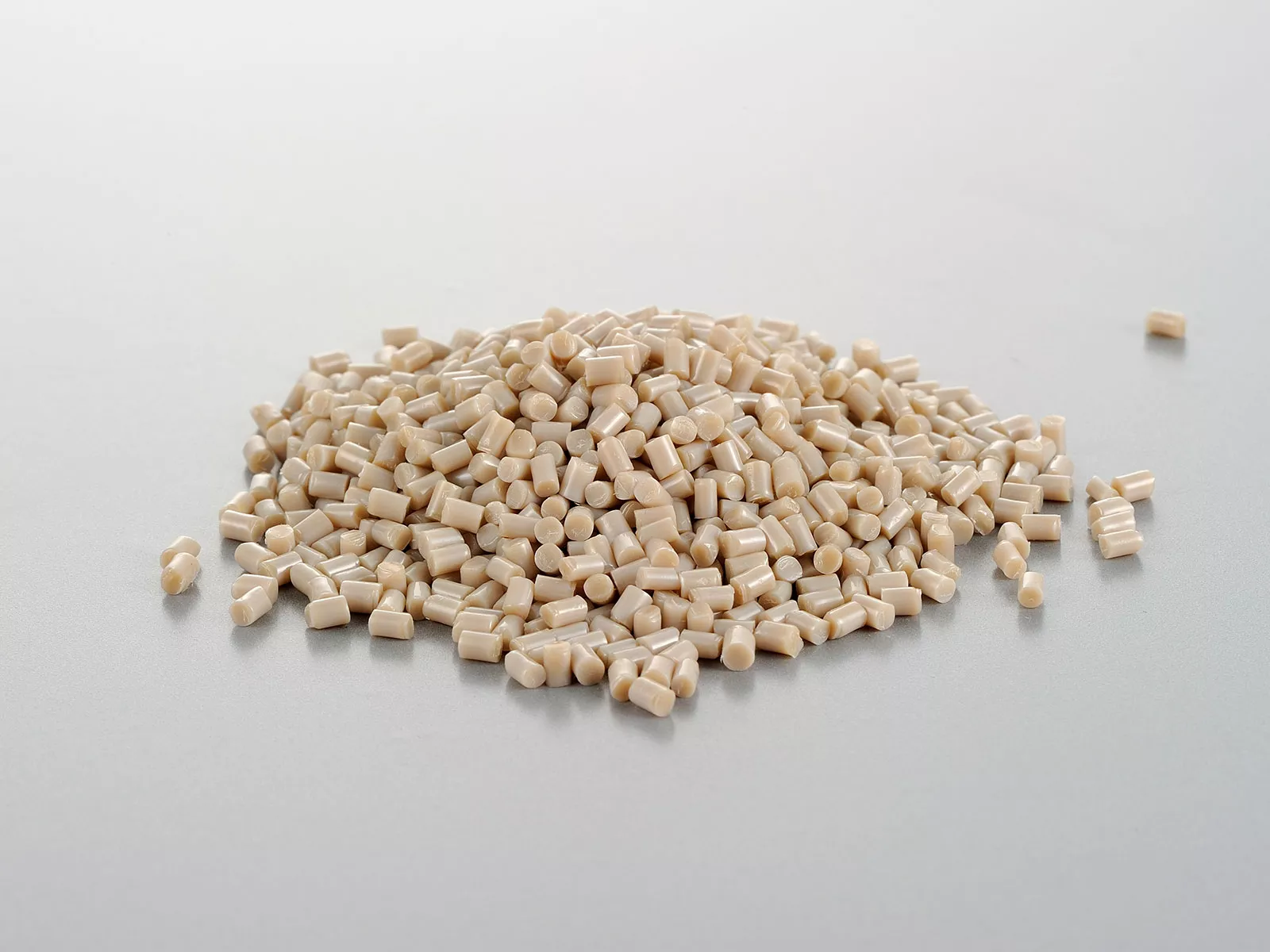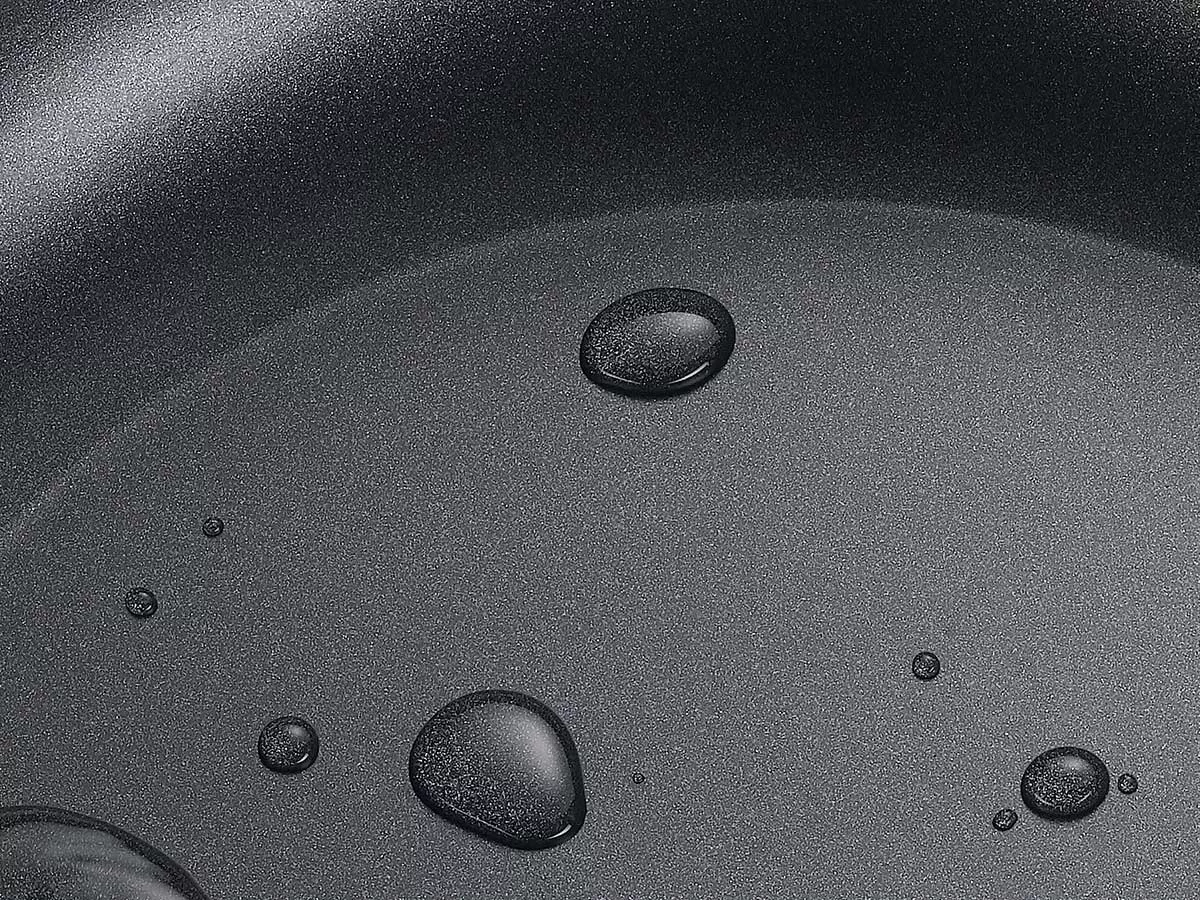Ceramic-coated pans have gained popularity in recent years due to their non-stick properties, safety, and eco-friendliness. These pans are often seen as a healthier alternative to traditional non-stick pans that use PTFE or PFOA coatings. This article provides a comprehensive overview of ceramic coatings for pans, including their benefits, drawbacks, and maintenance tips.
What is Ceramic Coating?
1. Definition
Ceramic coating for pans is a layer of inorganic materials, primarily silicon dioxide (a component of sand and glass), applied to the surface of metal cookware. This coating creates a non-stick, smooth surface that is both durable and heat resistant.
2. Application Process
The coating is typically applied through a process called sol-gel, where the ceramic material is suspended in a liquid and then sprayed onto the pan. The pan is then heated to cure the coating, resulting in a hard, non-stick surface.
Benefits of Ceramic Coating
1. Non-Stick Properties
Ceramic-coated pans provide excellent non-stick performance, allowing food to release easily from the surface with minimal oil or butter. This makes them ideal for low-fat cooking and easy cleanup.
2. Safety and Health
Ceramic coatings are free from PTFE and PFOA, chemicals found in traditional non-stick coatings that can release toxic fumes when overheated. This makes ceramic-coated pans a safer and healthier option for cooking.
3. Eco-Friendliness
The production of ceramic coatings is generally considered more environmentally friendly compared to traditional non-stick coatings. The materials used are often more sustainable, and the manufacturing process produces fewer harmful emissions.
4. Heat Resistance
Ceramic coatings can withstand high temperatures, often up to 450°F (232°C) or higher, without breaking down or releasing harmful chemicals. This makes them suitable for a variety of cooking methods, including frying, sautéing, and baking.
5. Durability
When properly maintained, ceramic-coated pans are highly durable. The hard surface resists scratching and wear, ensuring long-lasting performance.
Drawbacks of Ceramic Coating
1. Wear and Tear
Over time, the non-stick properties of ceramic coatings can diminish, especially with heavy use or improper care. The coating can become scratched or chipped, reducing its effectiveness.
2. Sensitivity to Utensils
To maintain the integrity of the ceramic coating, it is essential to use non-metal utensils, such as wood, silicone, or plastic. Metal utensils can scratch and damage the surface.
3. Temperature Sensitivity
While ceramic coatings are heat resistant, they can be sensitive to sudden temperature changes. Rapid heating or cooling can cause the coating to crack or chip.
4. Price
Ceramic-coated pans are often more expensive than traditional non-stick pans. However, their health benefits and durability can justify the higher cost.
Maintenance Tips for Ceramic-Coated Pans
1. Avoid High Heat
Use medium to low heat settings to extend the life of the ceramic coating. Avoid preheating an empty pan, as this can cause the coating to overheat and degrade.
2. Use Proper Utensils
Always use non-metal utensils to prevent scratching the ceramic surface. Wooden, silicone, or plastic utensils are ideal.
3. Hand Wash Only
Although some ceramic-coated pans are labeled as dishwasher safe, hand washing is recommended to preserve the coating. Use a soft sponge and mild dish soap to clean the pan, and avoid abrasive cleaners or scouring pads.
4. Avoid Cooking Sprays
Cooking sprays can leave a residue on the ceramic coating that is difficult to remove and can reduce the non-stick properties. Use a small amount of oil or butter instead.
5. Store Properly
To prevent scratching, avoid stacking ceramic-coated pans directly on top of each other. Use a soft cloth or pan protector between pans if stacking is necessary.
Conclusion
Ceramic-coated pans offer a safe, non-stick, and environmentally friendly alternative to traditional non-stick cookware. Their excellent heat resistance, durability, and ease of use make them a valuable addition to any kitchen. By following proper maintenance tips, you can extend the life of your ceramic-coated pans and enjoy their benefits for years to come.





